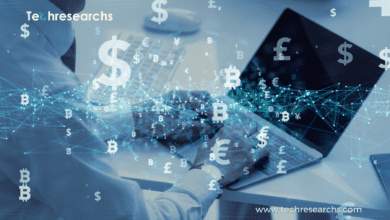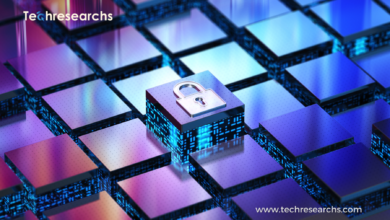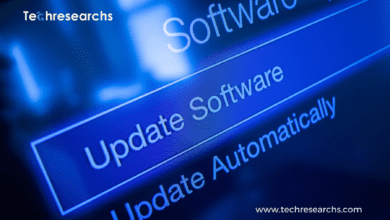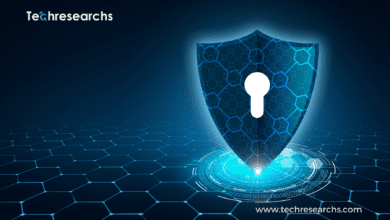Why Is Cybersecurity Essential In The Education And Healthcare Sectors?
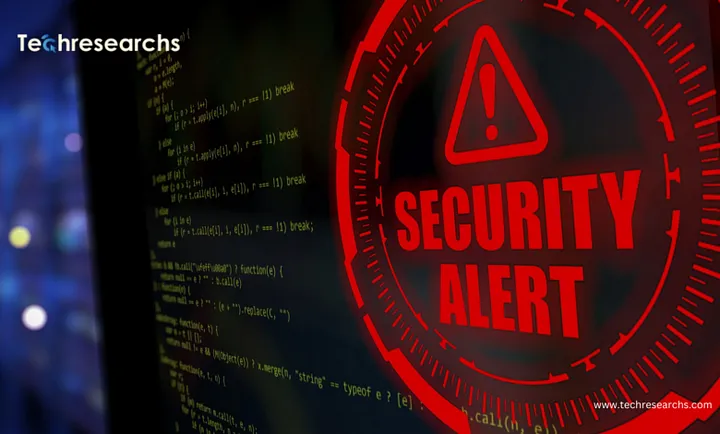

Education and Healthcare: While technology disruptions and digitalization are beneficial to society, the scope and sophistication of cyberattacks are increasing and will only increase in the future years.
Furthermore, considering that many small, medium, and large-scale enterprises have adopted digital platforms, the deadly COVID-19 epidemic has further increased the growing incidents of cyberattacks across many industries.
According to a 2021 research released by McAfee Enterprise and FireEye, about 81 percent of the surveyed organizations have seen heightened cyber risks since the COVID-19 outbreak, with approximately 79 percent of enterprises experiencing downtime due to attacks during peak season.
Meanwhile, according to the World Economic Forum’s ‘Global Cybersecurity Outlook 2022,’ the epidemic resulted in a record amount of cybercrimes, with ransomware assaults increasing by 151% in 2021. It was stated that each cyber breach cost an affected organization around USD 3.6 million.
According to Global Industry Insights Inc., the global cyber security market is expected to be worth USD 400 billion by the end of 2027, driven by organizations seeking to counter the ongoing threat rise.
How did various industries respond to increasing cyberattacks during the COVID-19 pandemic?
Healthcare, government, finance, and information technology are all looking for cutting-edge cybersecurity tools to ensure safe and efficient corporate operations. A basic overview of how several industries responded to the infamous cyber threats during the coronavirus epidemic is provided below:
Healthcare sector- A 69 percent increase in ransomware attack volumes in 2021 will need the implementation of cybersecurity policies and efforts in the healthcare sector.
Cyber-attacks on various healthcare organizations throughout the world are increasing at an unprecedented rate. During the coronavirus outbreak, the population nearly doubled.
According to a Sophos analysis, more than one in every three healthcare organizations in the world would be hit by ransomware by 2020.
Because healthcare organizations use a variety of specialized hospital information systems, such as e-prescribing, EHR systems, clinical decision support systems, and patient data, it is necessary for these institutions to implement cutting-edge cybersecurity technology and solutions.
What is the significance of cybersecurity in healthcare?
Cybersecurity is necessary for the healthcare business to safeguard important insights, patients’ personal information, and other critical healthcare data. For these reasons, several governments and corporations are currently deploying essential healthcare solutions to maintain adequate security in medical facilities.
For example, in 2022, politicians in the United States introduced a new measure to strengthen the cybersecurity of the country’s healthcare and public health sectors. The bill was introduced at a time when the country was facing an increased danger of cyber assaults from Russia.
According to Global Industry Insights Inc., the healthcare cybersecurity market is expected to be worth more than $35.3 billion by 2027.
1. Rising ‘e-virus’ incidents in the e-learning area need the implementation of cyber security training programs.
Since 2020, the education industry has been one of the most susceptible sectors in the globe in terms of increasing cyber threats. This can be attributed to the transition from on-premises education to cloud, online, or e-learning.
According to a recent Check Point Software Technologies analysis, the education and research sectors would be the top targets for cyber attackers in 2021.
They accounted for an average of 1,605 assaults per organization per week, representing a 75% increase in cyber risks since 2020.’
Why are cyber criminals drawn to the education sector?
One of the primary reasons why educational institutions are appealing to attackers is the massive quantity of personal student data they get in order to apply for open bank and credit card accounts, loans, or government perks.
It resulted in an increase in demand for cybersecurity programs and cybersecurity training sessions in educational institutions, which prepare students and faculty to combat the possibility of future cyber-attacks.
For example, Whatcom Community College announced the establishment of the new NSF Advanced Technological Instruction National Cybersecurity Center in 2021 to provide cybersecurity training and education to professors.
Developing countries are increasingly becoming attractive targets for cybercriminals. It is necessary to emphasize that the Indian education industry has seen several cyber-attacks in 2021.
As evidence, the country had around 5,196 assaults each week on average in July 2021. These figures not only create new prospects for cybersecurity industry leaders in the nation but also across the Asia Pacific region, including Australia.
Examining the Future of Cybersecurity in Education and Healthcare
With cybercrime increasing by approximately 600% since the COVID-19 outbreak, the need for cyber security is pressing.
During the pandemic, the education and healthcare sectors have become two of the most vulnerable to cybercrime, giving up new opportunities for solution providers.
However, it is critical to evaluate how prepared these industries are to battle malware and ransomware threats in the coming years.
Analysts believe that educational institutions should develop a strong cybersecurity culture and practice using Multi-factor Authentication (MFA) and Single Sign-On (SSO) technologies.
Meanwhile, the notion of incorporating AI into hospitals is gaining traction, with experts believing that the technology might reduce the number of errors at institutions and help spot cyber risks early.
Having said that, technological improvements, as well as a sufficient understanding of the various threat kinds and remedies, might assist important industries in combating the global rise in cybercrime rates.
